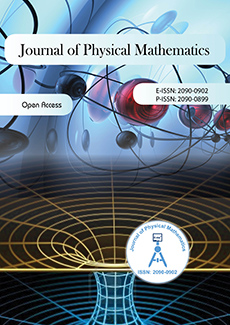Abstract
The initial process for introducing the respective input variables to the mathematical models depends on the flight mission to define; keeping in mind the simplifications that are taking place are also established; as well as input data relevant to mention such as for example are the speed, the height, the cut-off, data concerning the orbit perigee, apogee, period and flat trajectory of the orbit. It is defined in the same simplified manner, the orbital elements and the inclination to consider. Additionally, the energy requirement is established and a specific impulse not defined, specific current pulses propellants either solid or liquid. Specific impulses of current propellants either solid or liquid must not exceed the limits established in technologically optimum mass distribution and the number of stages. At that point the main problem to observe will be associated with the number one phase in which we must find the path from the launch point to the injection of the payload, minimizing the loss of thrust required for acceleration, gravitational effects and drag.
This requires a path to minimize these losses and minimize the overall fuel consumption of the vehicle. as part of the origin of the proposed research problem, was noted the work developed in the research hotbed SE-AST (Hotbed of astronautically studies) that have been developed academic work order relating to conceptual designs rocket dimensioning of motors and calculating orbits within the projects undertaken there labor and courses, but has been developed from work pending that address the dynamic of powered flight path.
Citation
D.P.C. Ruiz. "Optimized Launch of a Rocket Launcher Type, From La Guajira - Colombia." J. Phys. Math. 7 (2) 1 - 7, 2016. https://doi.org/10.4172/2090-0902.1000182
Information




